Virtual Reality Innovations in Home Design
The landscape of home design has been dramatically reshaped by the rapid integration of virtual reality (VR) technologies. From conceptualizing spaces to streamlining project communication, VR is making home design more interactive, collaborative, and efficient than ever before. This web page explores the groundbreaking ways VR is transforming every stage of the home design process, delivering immersive experiences for both homeowners and industry professionals.
Immersive Design Visualization
With VR, users can embark on a virtual tour of their future home, exploring layouts, finishes, and furnishings in real time. This walk-through capability allows for an intimate preview of sight lines, room flow, and spatial relationships, turning abstract plans into tangible experiences. Adjustments to paint colors, furniture arrangements, or architectural details can be made on the fly, helping homeowners make confident decisions early in the process. Instead of relying solely on blueprints or static renderings, clients and designers collaborate within a lifelike environment, significantly reducing misunderstandings and ensuring satisfaction before a single nail is driven.
Previous
Next
Enhanced Collaboration and Communication
VR platforms establish a shared digital environment where clients and designers interact within the same virtual model. This eliminates common misinterpretations that arise from traditional blueprints or 2D sketches, building trust and rapport through direct, visual collaboration. Extended teams can participate from any location, bringing new faces and perspectives into the design process without logistical hurdles. This enhanced connectivity ultimately leads to greater client satisfaction and more successful outcomes.
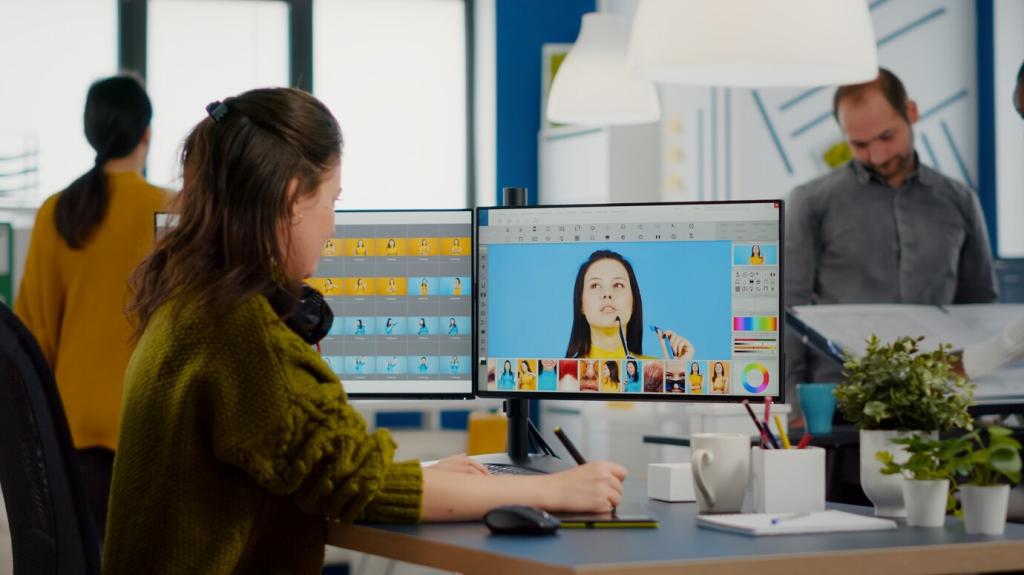
Precision Planning and Measurement
Exact Space Measurement Replication
VR’s advanced tools provide unparalleled accuracy when it comes to replicating room dimensions, ensuring that digital models precisely match real-world conditions. This avoids disastrous errors like ill-fitting furniture or misaligned fixtures that can arise from human miscalculation. Homeowners can virtually move within rooms created to scale, testing comfort and practicality before anything is physically constructed. This high degree of certainty keeps the project grounded in reality, minimizing costly surprises during the build.
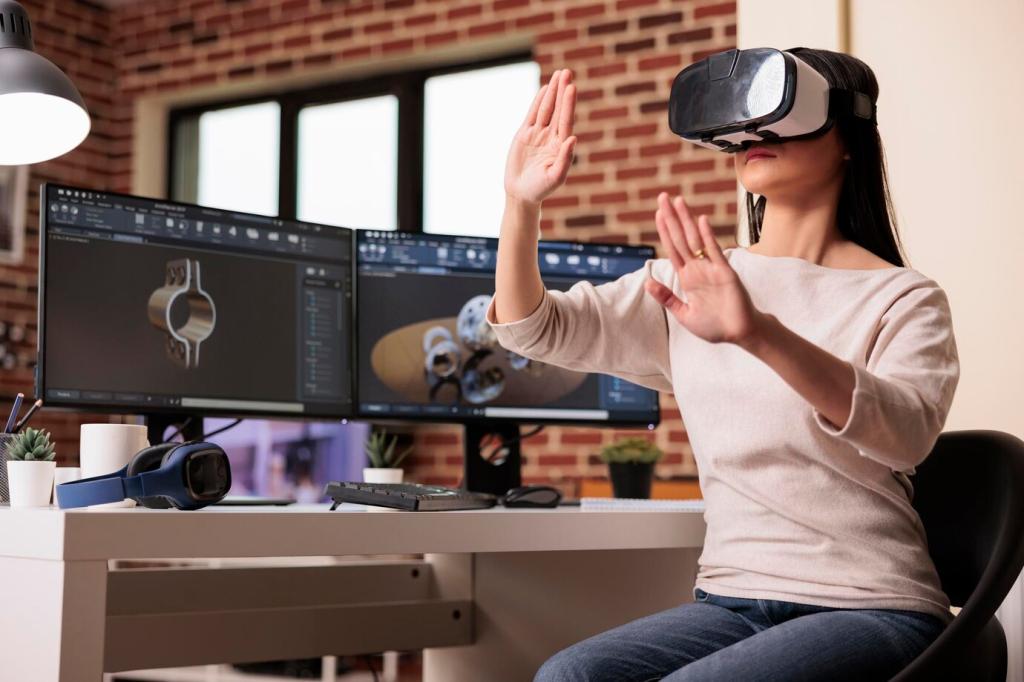

VR applications can simulate the real-life performance of windows, insulation, and HVAC systems, helping designers optimize for energy efficiency. Homeowners can visualize energy flow within the home, predict heating and cooling demands, and compare energy-saving measures well before construction begins. Making data-driven choices leads to lower future utility costs and a reduced carbon footprint.
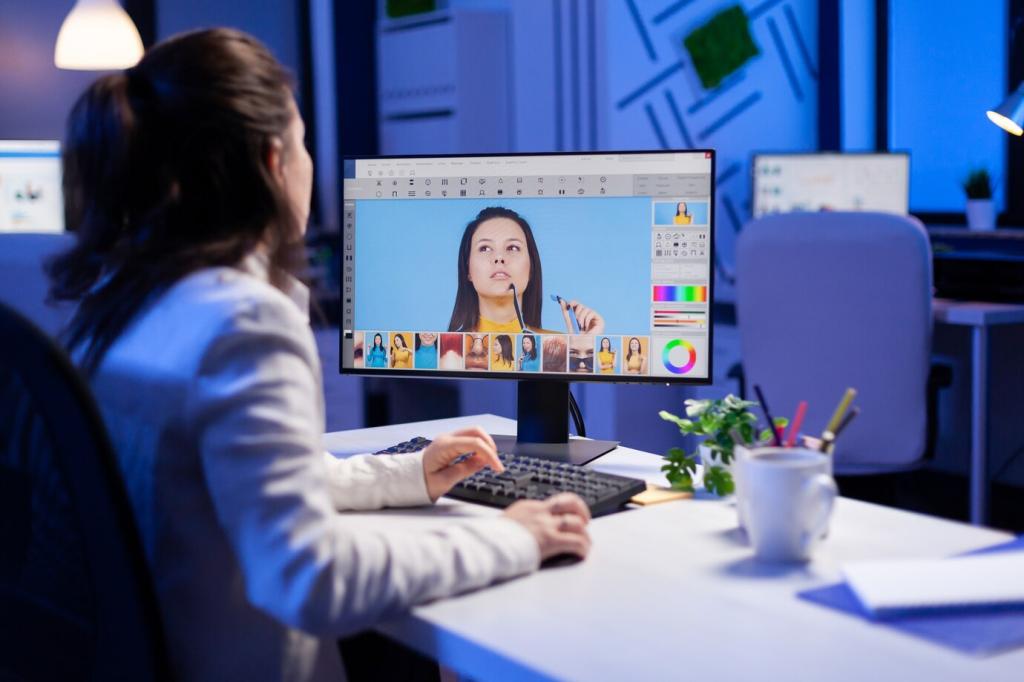
Selecting environmentally friendly building materials and finishes is simplified through VR. Users can insert and examine sustainable options—from recycled tiles to bamboo flooring—testing their look, feel, and functionality in situ. VR’s ability to trace the lifecycle and performance of these materials helps homeowners make choices that reflect both their values and their design goals.
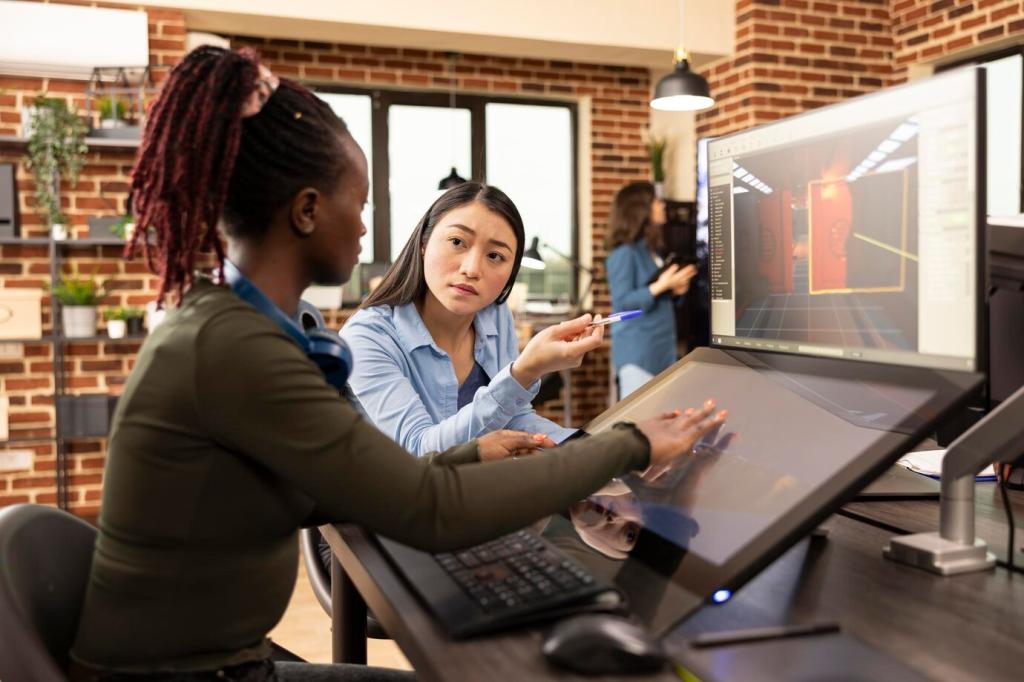
Before the first shovel hits the dirt, VR tools can assess a home’s placement on its lot, predicting impacts on local ecosystems, sunlight exposure, and even stormwater runoff. This comprehensive analysis supports environmentally conscious site selection and layout, empowering homeowners to balance aesthetics, comfort, and ecological responsibility in their design decisions.
Streamlined Project Management
VR offers dynamic simulations of each construction phase. Homeowners and project managers can visualize the schedule, sequence, and interplay between trades—whether framing, electrical, or finishing. Anticipating and resolving scheduling bottlenecks in a virtual environment ensures smoother progress on-site, with fewer stoppages and costly miscommunications.
Homeowners and contractors can input product specifications and design choices directly into VR platforms, generating real-time budget and resource forecasts. This transparency supports better financial planning and adjustment before and during construction, making it easier to prioritize within budget constraints. By visualizing the financial impact of each decision, clients can pursue their dream home while maintaining fiscal responsibility.
VR streamlines collaboration among architects, builders, and subcontractors, putting everyone quite literally on the same page. Detailed digital walkthroughs clarify design intent and reduce errors caused by misreading paper plans. This enhanced clarity supports more accurate bids, efficient scheduling, and improved quality control at every stage of the build.
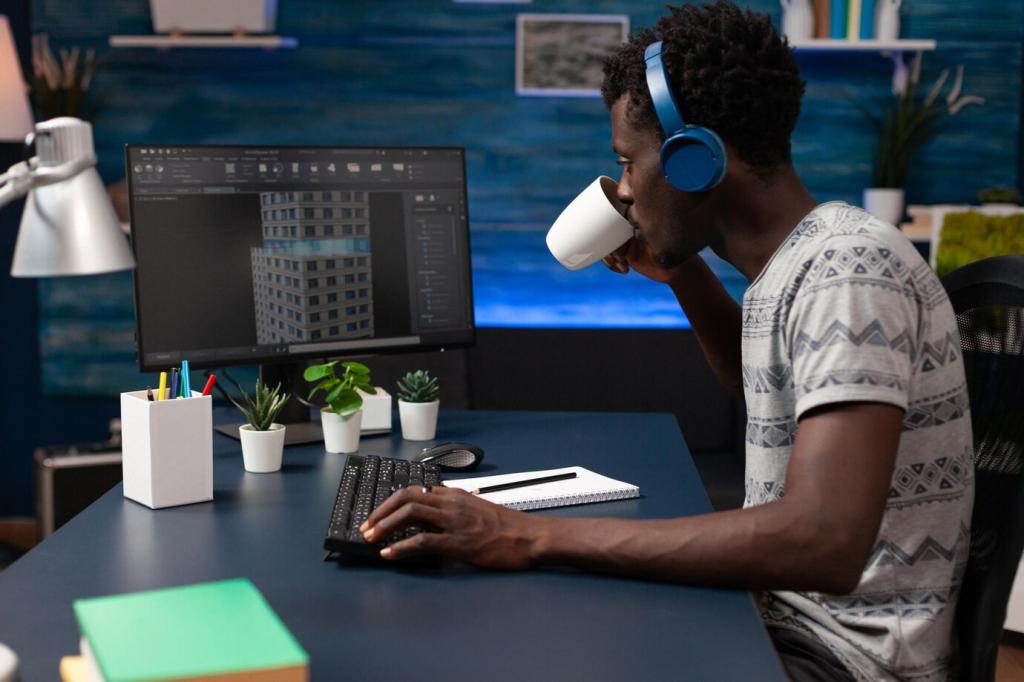
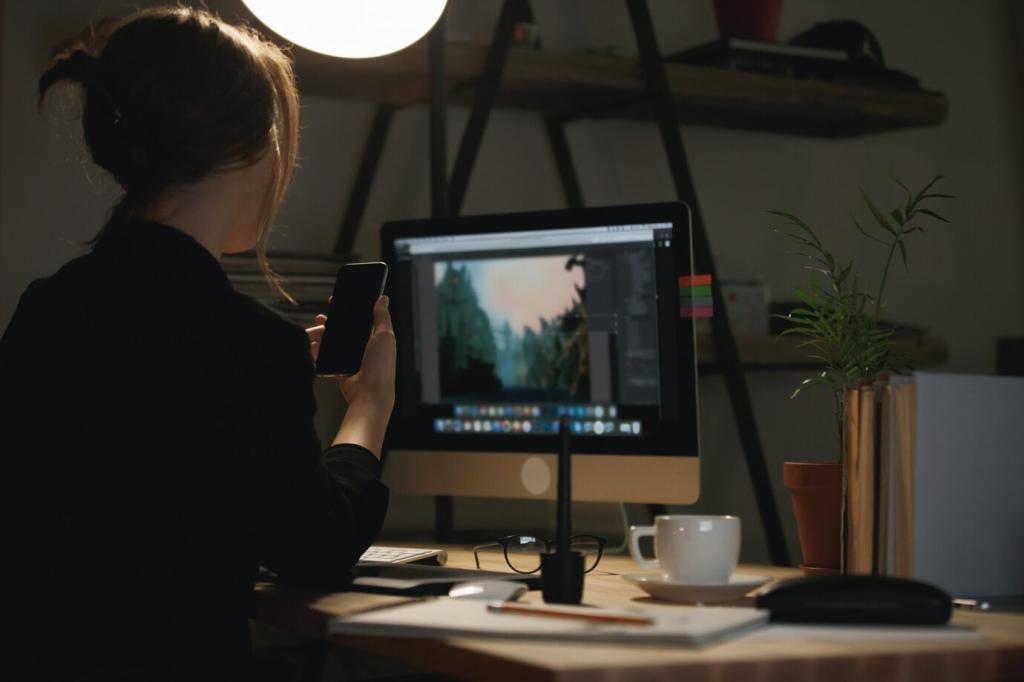
Accessibility and Inclusive Design
Within VR, users can assess accessibility features such as wider doorways, ramp placements, or barrier-free showers. Homeowners with mobility considerations can experience how supportive features integrate seamlessly with everyday living. Ensuring universal usability in a dynamic model not only meets legal requirements but also provides peace of mind for families.
Virtual Showroom Exploration
Homeowners can access curated virtual showrooms, wandering through a vast catalogue of furnishings, fixtures, and décor in a simulated environment that matches their home’s exact dimensions. Trying out styles and scales within this digital context removes uncertainty and helps refine tastes before making investment decisions, leading to more satisfying outcomes.
Personalized Décor Experimentation
In VR, users can mix and match rugs, wall art, textiles, and accent pieces, experimenting freely with patterns and colors. This hands-on approach to decorating fuels creativity and self-expression, while the safety of the virtual environment means there’s no risk in trying bold or unconventional ideas. Through multiple iterations, homeowners can achieve highly personalized, harmonious interiors tailored to their preferences and lifestyle.
Enhanced Color Selection Accuracy
Choosing colors for walls, ceilings, and trim is often one of the trickiest and most stressful parts of decorating a home. VR simulates paint and finish choices in the context of lighting and furnishings, helping users assess subtle nuances and make informed selections. The result is interior color palettes that look as good in reality as they did in the virtual model, eliminating costly repaint mistakes.
